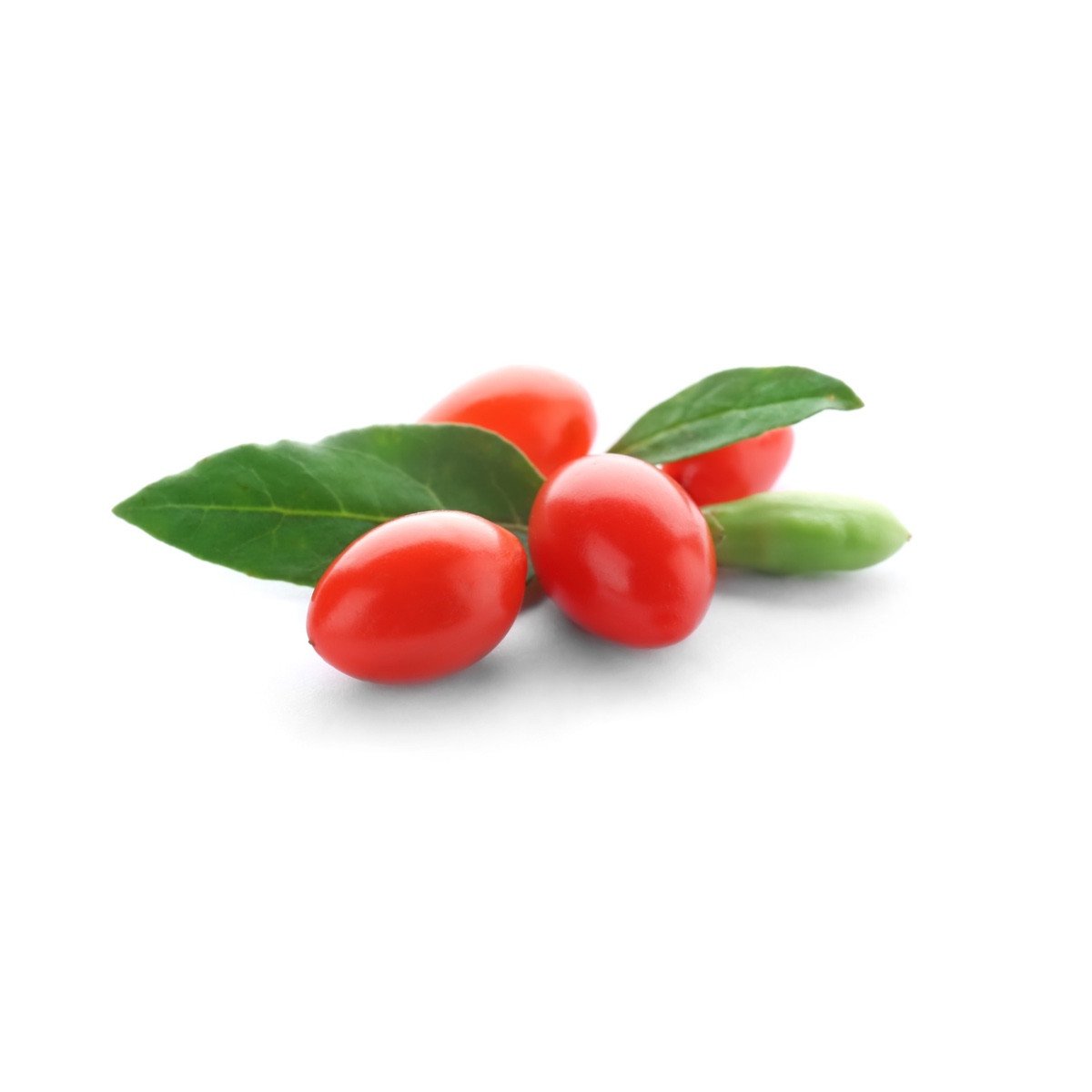Goji berry / Wolfberry

Goji berry / Wolfberry
Lycium
Plant family
Solanums (Solanaceae)
Season Overview
Propagating
Planting
Harvest
Harvest
J
F
M
A
M
J
J
A
S
O
N
D
1ST YEAR
FOLLOWING YEARS
Details
Light requirement
Sunny
Water requirement
Moist
Soil
Medium (loamy)
Nutrient requirement
Medium
Plant distance
150 cm
Row spacing
150 cm
Seeding depth
0Not specified
Instructions
Description
The goji berry is a deciduous shrub that can grow up to 3 m/3.3 yd high. Its cane-shaped branches hang down like arches. There are some fine thorns on the branches. The plant is frost-hardy up to -30°C/-22°F, but the autumn planting should be protected in the first winter. In China it is also called the berry of happiness. There it is a traditional part of Chinese medicine. It is said that it stimulates well-being in many ways. It contains vitamin C, amino acids, minerals and some trace elements.
Origin:
Originally, the goji berry comes from Eurasia, where it occurs naturally in China, Taiwan, Japan, Korea, Nepal and Pakistan.
Growing tips
The best time for planting is spring from mid-May (after the last frost). If you want to plant the shrub in the garden, be sure to put a root barrier of strong pond liner at least 30 cm/11.8 in deep, otherwise the buckthorn can spread greatly. The seeds should swell in water at room temperature for 24 hours for better germination. If propagated by cuttings, the first harvest can be expected earlier. In the fall, dead branches can be removed. In the spring of the 2nd year, prune the plant back to 6 main branches for stable growth. The soil may be moist, but the goji berry does not tolerate too much wetness. For fertilizing in the spring is enough a little fresh compost around the root area.
Companion Plants
No companion plants
Antagonistic Plants
No antagonistic plants
Diseases
Powdery mildews
Pests
Spotted wing drosophila